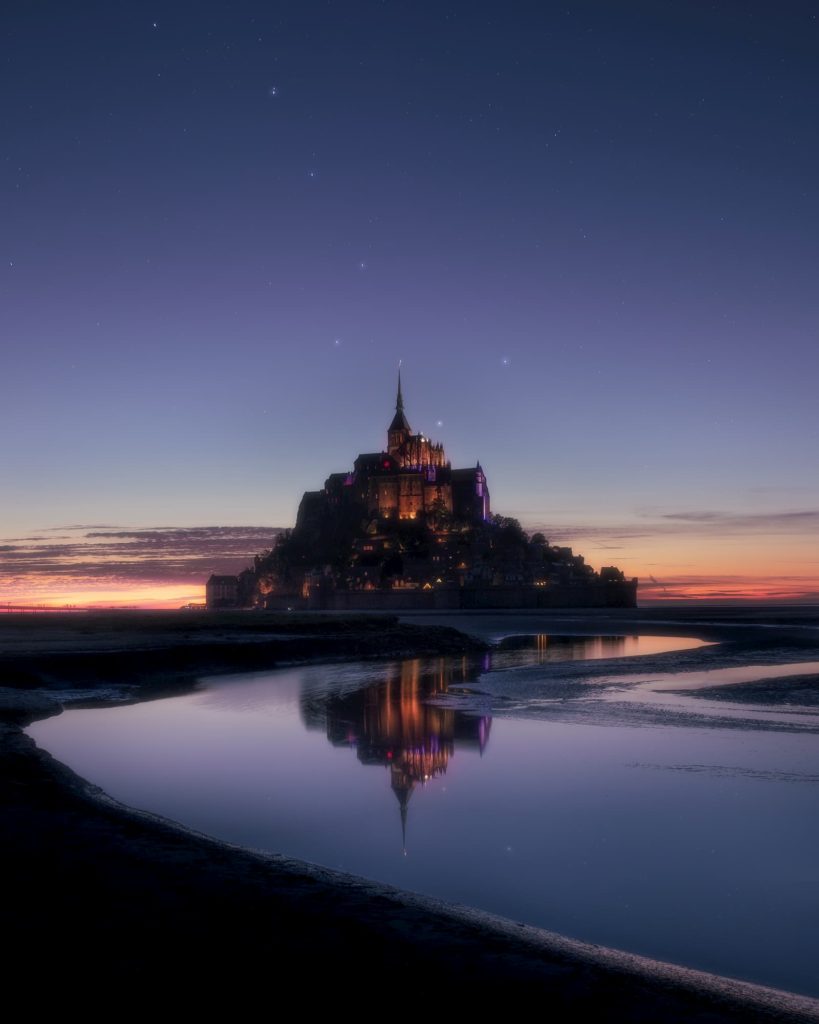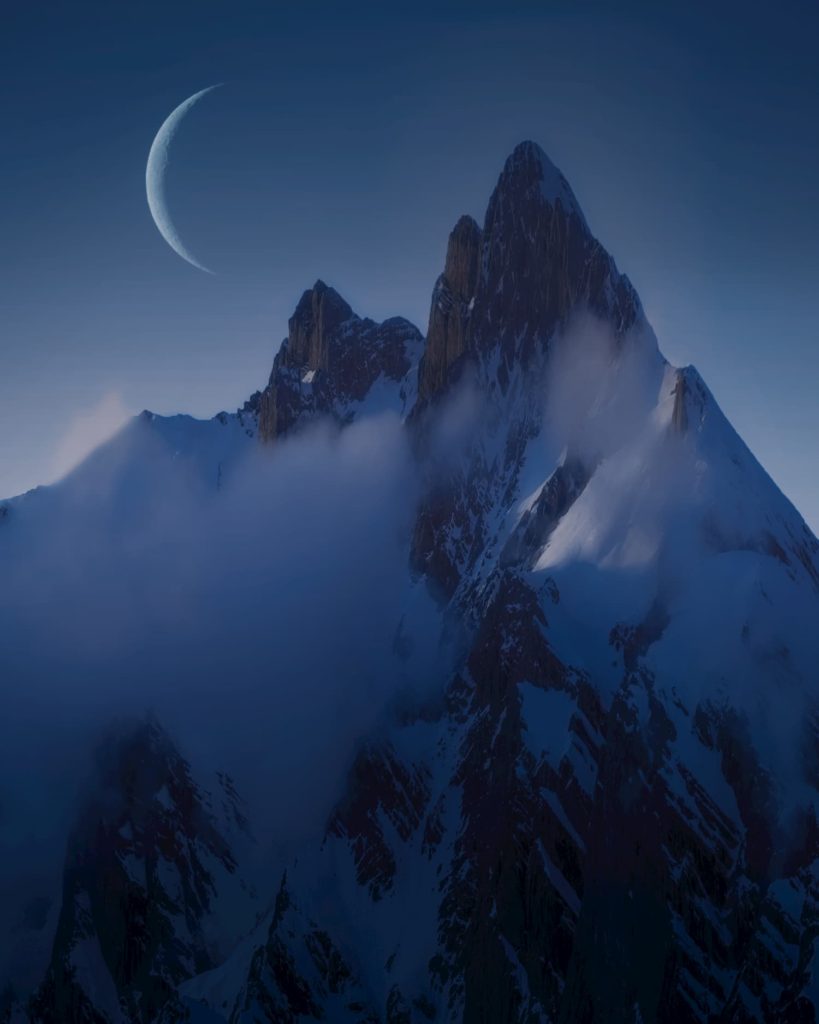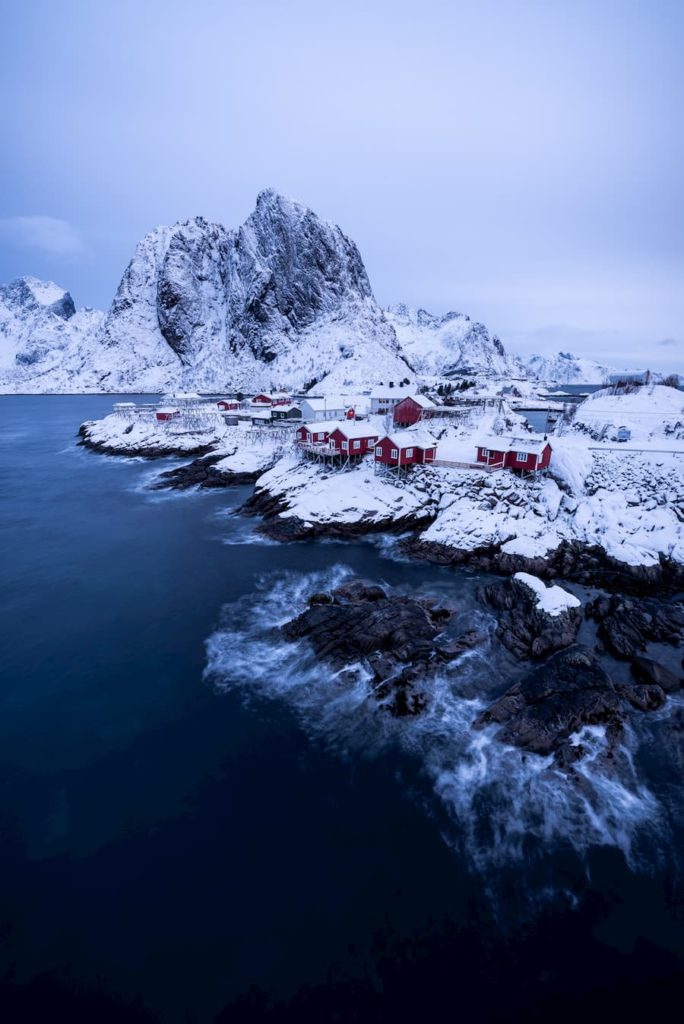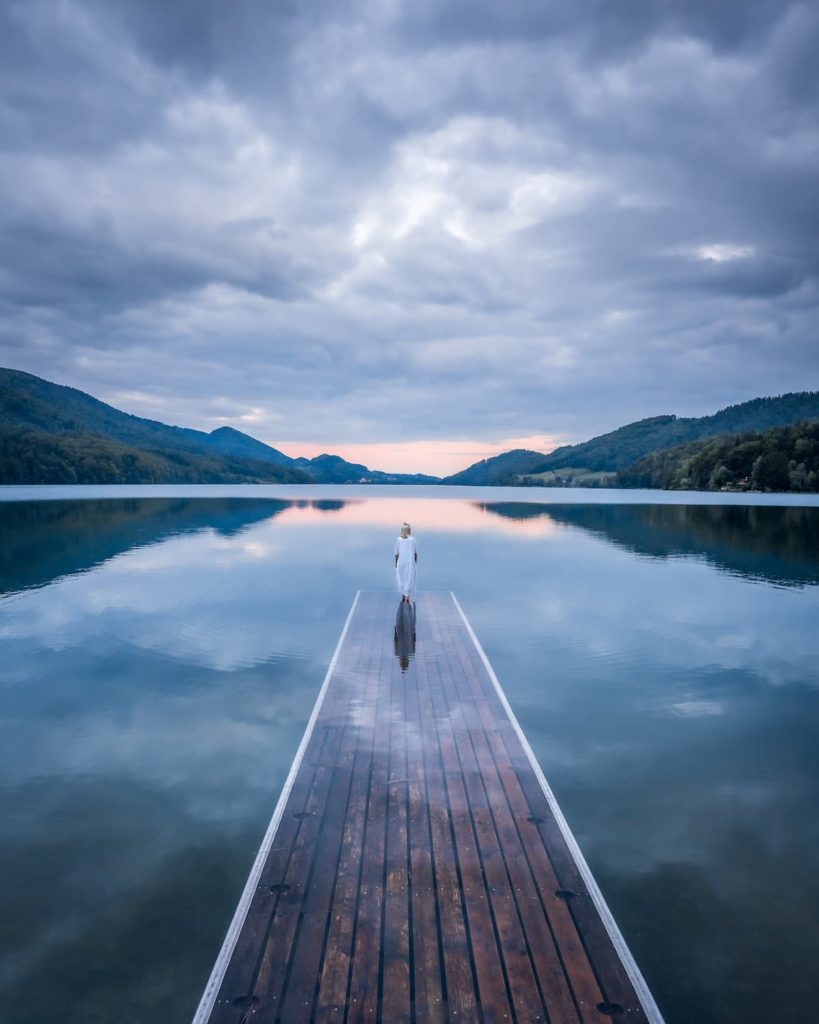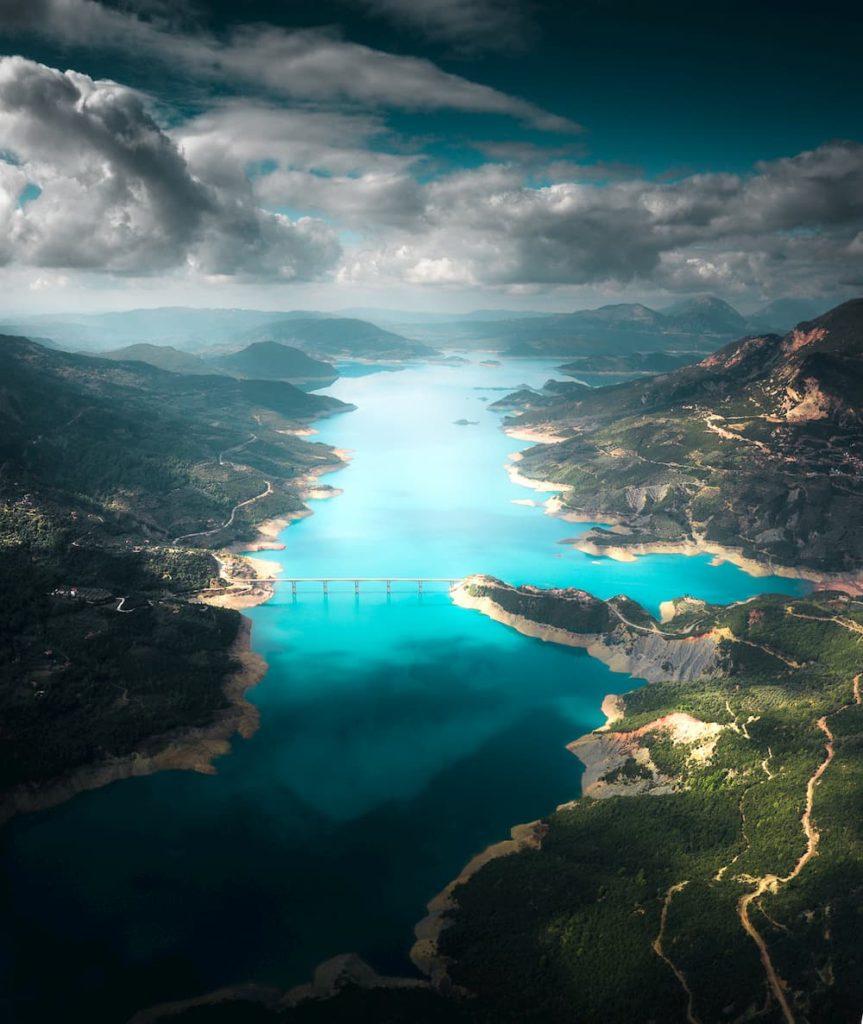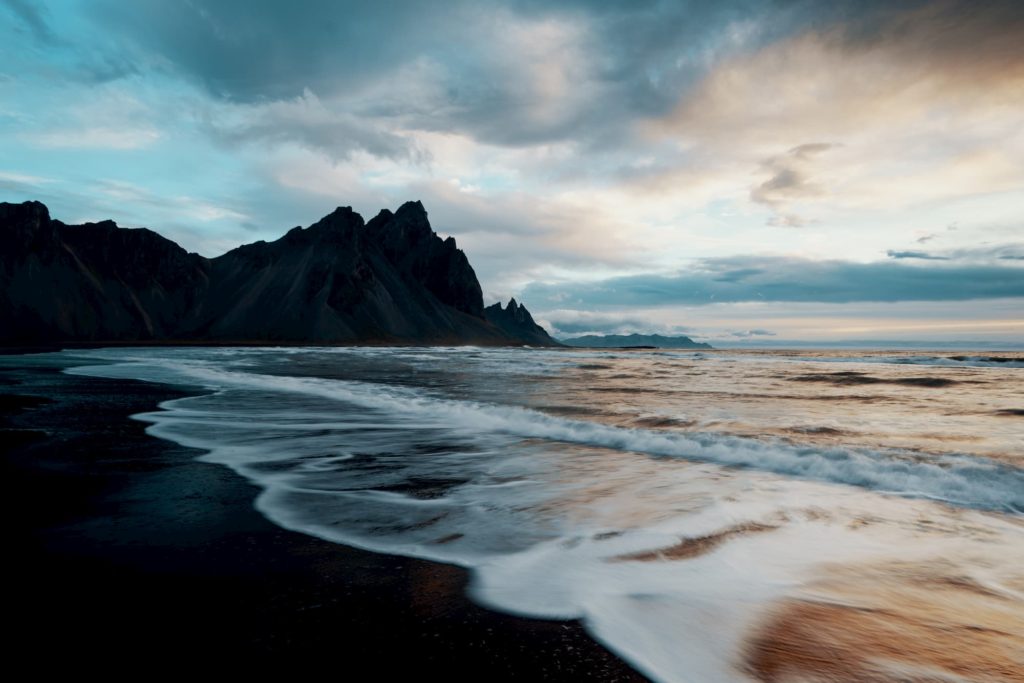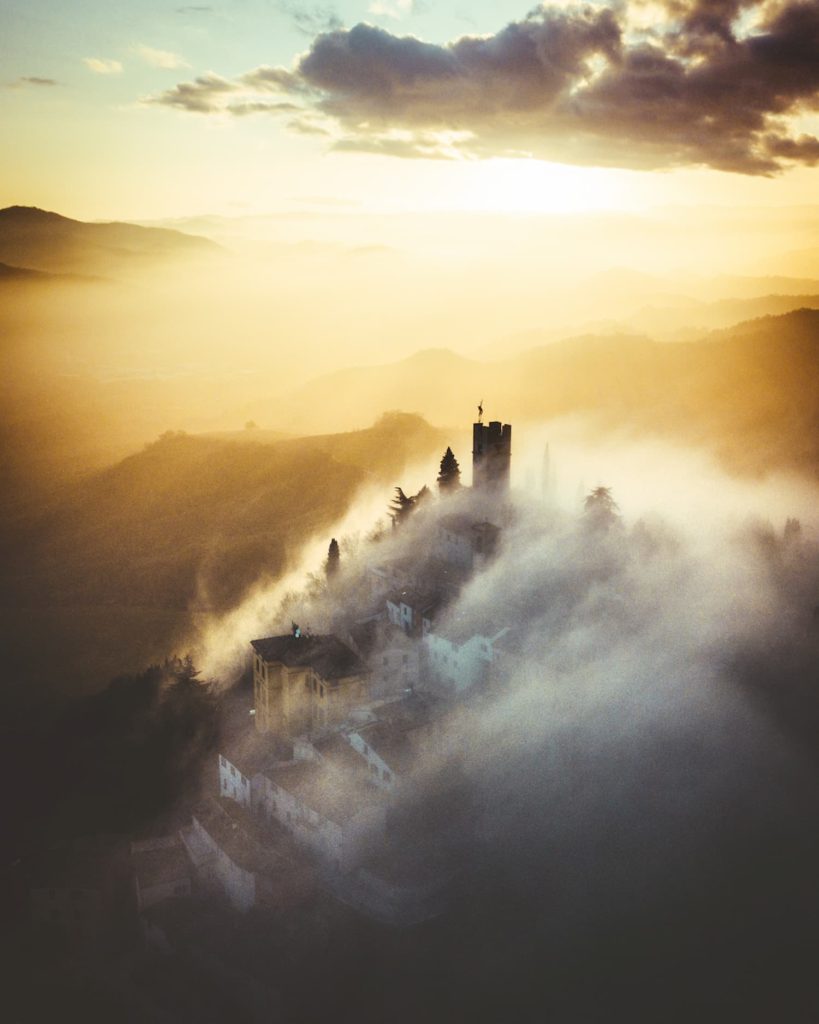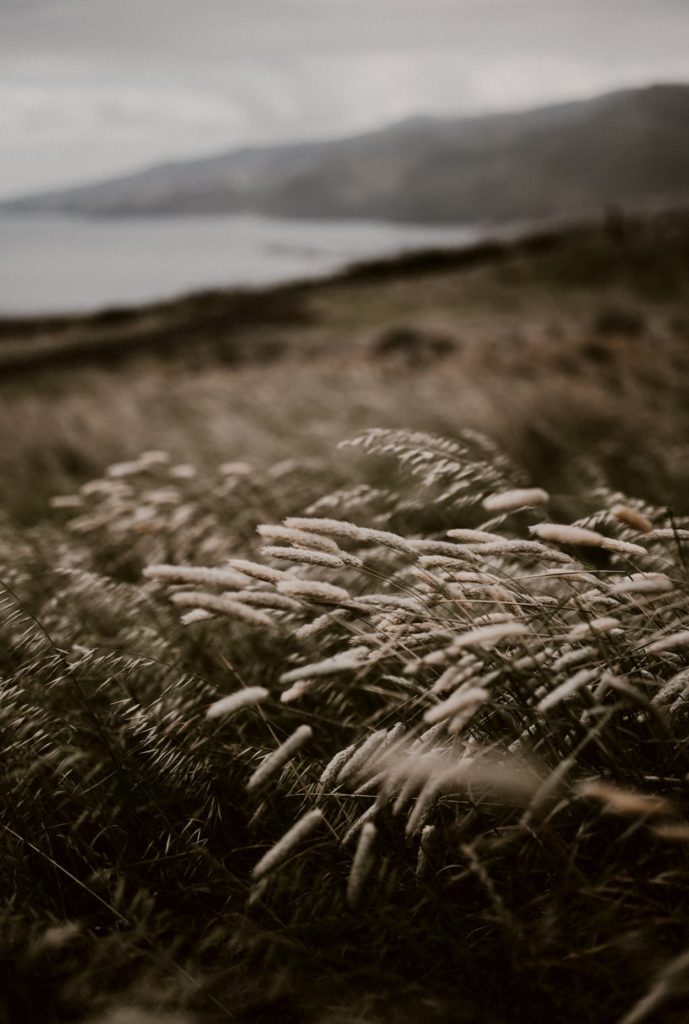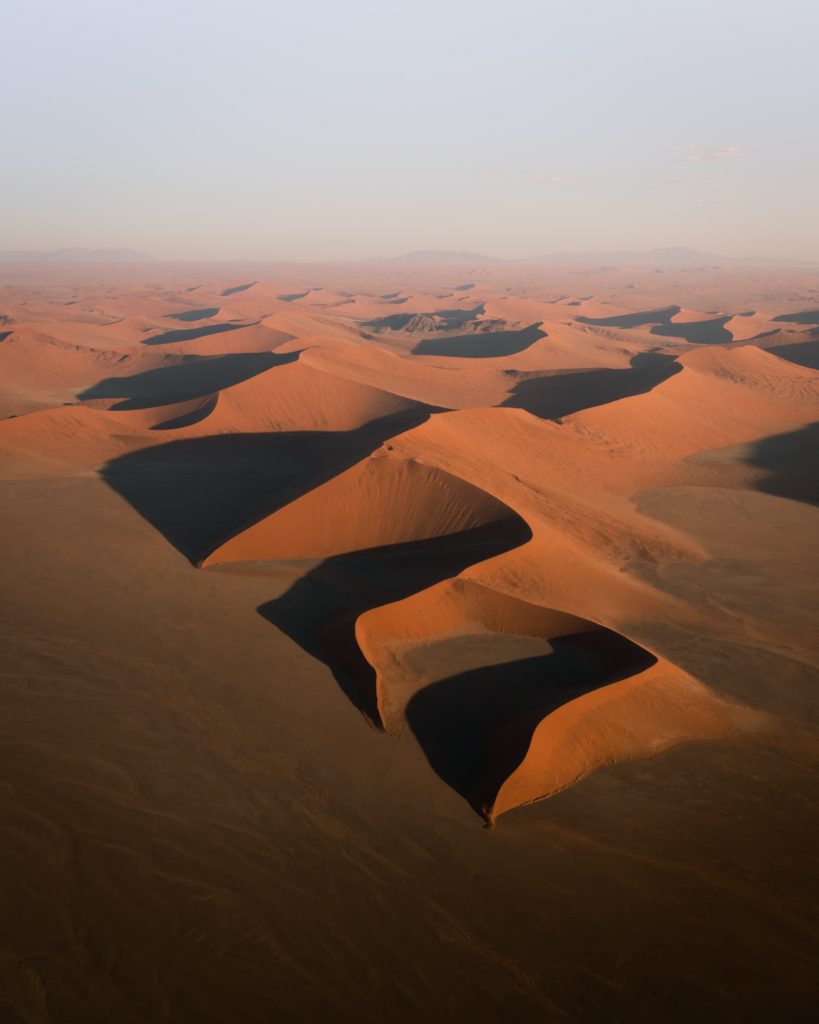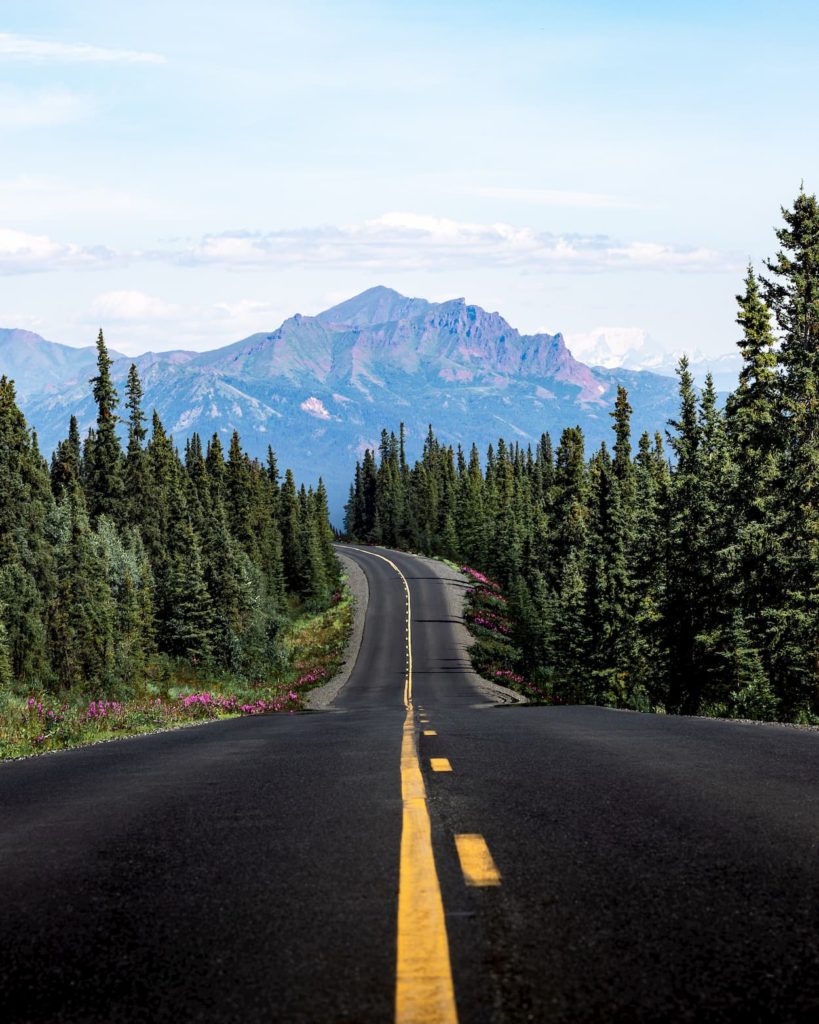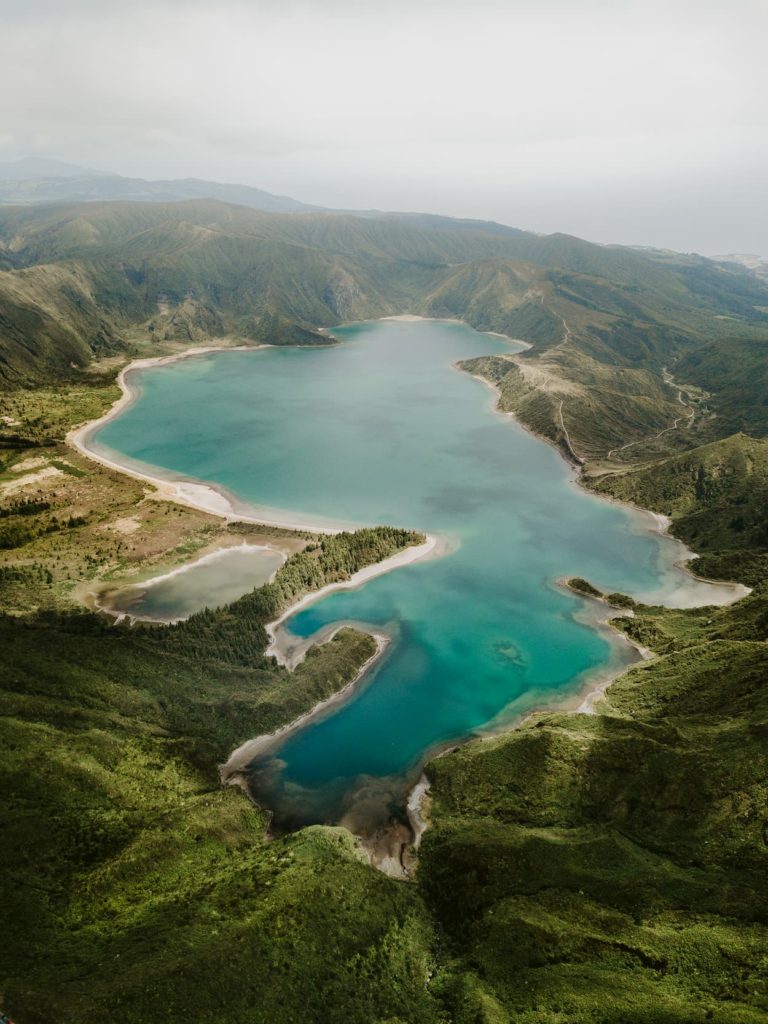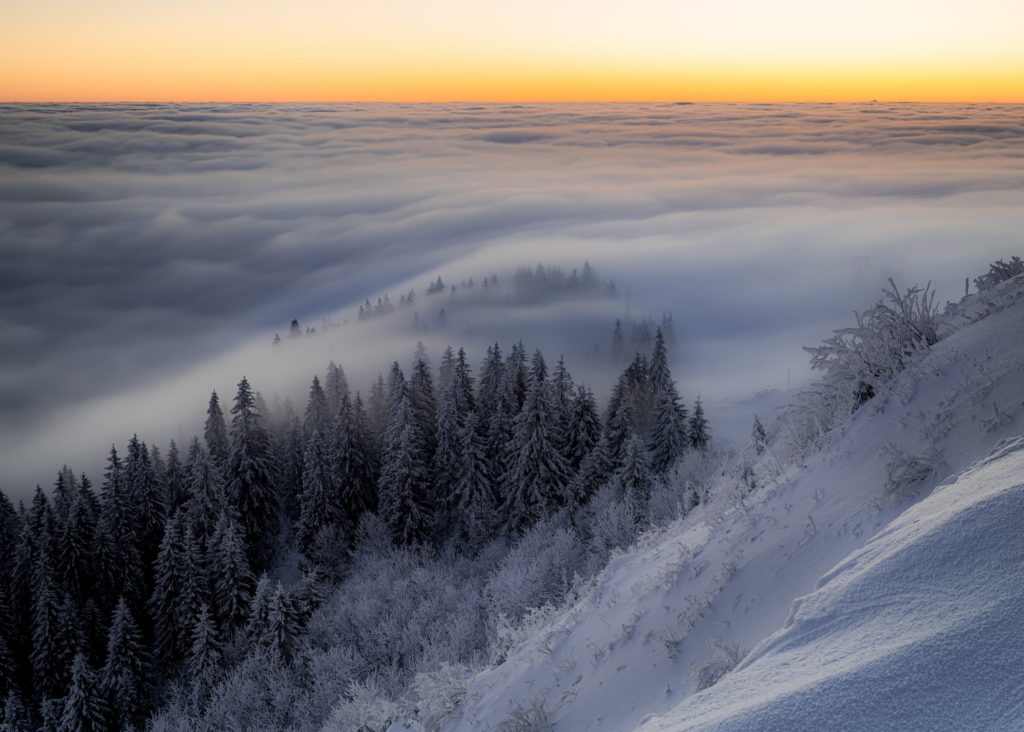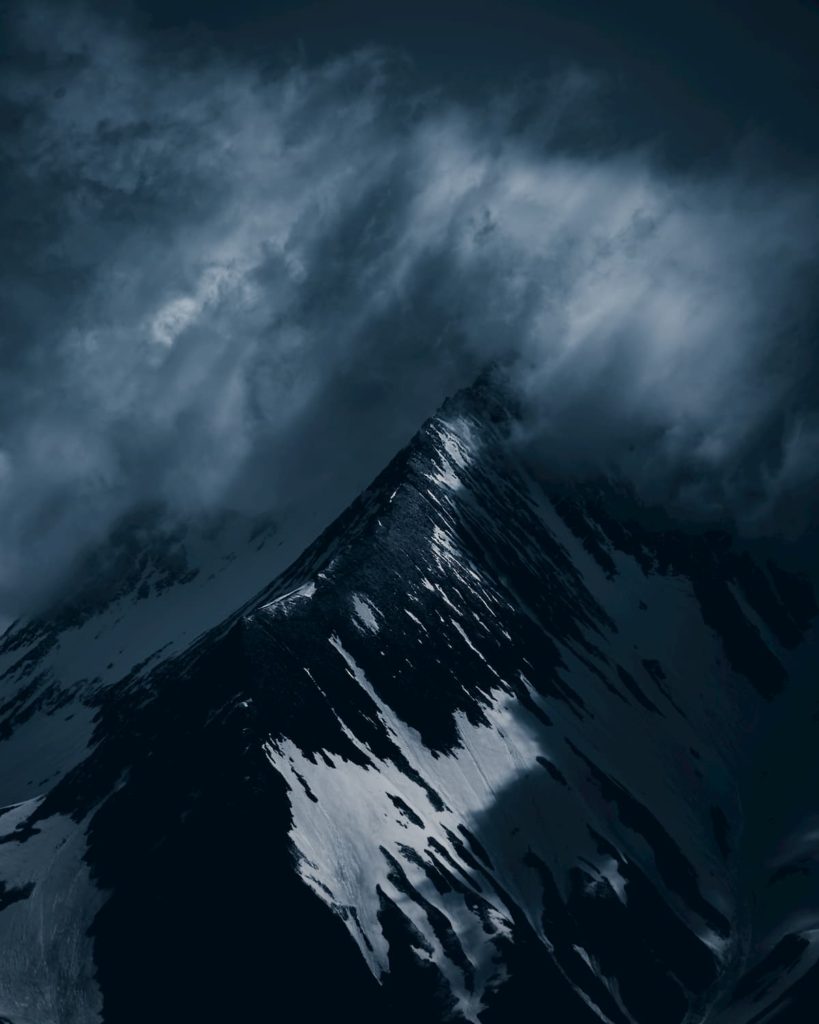
Hadrien Dobbelaere
@had_ventured
Nature photographer based in Switzerland
The day I bought my first camera three years ago I started taking pictures of everything: flowers, insects, sunsets, birds… I finally discovered the world around me. I have always had the chance to travel thanks to my parents – who made me discover many beautiful places – but when you look at the world through a camera it suddenly reveals itself in a completely different manner. When I would go on outings in the forest I rediscovered the familiar paths, seeing things I had never noticed before and marveling at scenes that I earlier would award just about a second, a quick peek while continuing walking.
"I think photography is a way to help people to pay attention to their surroundings, to see its beauty and delicacy."
Each trip my parents brought me on piqued my curiosity a little more, and photography came naturally as a need to immortalize landscapes. It now motivates me to travel more, both abroad and in my country, Switzerland. Nigel Danson and Morten Hilmer are two extraordinary photographers whom I admire enormously. They are above all nature lovers who use photography to encapsulate that emotion and display it for the world to see; I aspire to do the same.
"One of my favourite quotes is from Scott Lorenzo “The picture that you took with your camera is the imagination you want to create with reality” and that pretty much sums it up for me."
"I like to play around with natural light, using it to draw the eye towards the main subject of the piece and evoke that imagination."
My most used technique is taking long exposure shots. They allow me to put forth the movement of the landscape, and give a mystical feel to rushing water. Night skies are also some of my preferred scenes to capture. With a long exposure, the camera reveals secrets our eye is unable to detect and unveils the vastness of the universe. Then, the editing allows my vision to come to life, and gives me control over where another’s gaze will fall as they glance at my work. I can remove distractions for example, by decreasing brightness or contrast.
One of my favorite pictures is my first milky way shot. The climb to this incredible location was quite a feat. We got to the top in an afternoon, backs aching from the gear. But when we finally saw the view at the end of our steep ascend and dropped our bags to the floor, it was all worth it. And best of all, we got to camp in front of this mind blowing view! The pictures I took then were without a doubt the best I had ever taken up to that point. For me, a good photo is when my eyes can follow a precise path in the photo; the eye should not be distracted by uninteresting elements. I also love when the photo looks surreal and gives a magic touch that makes you dream. That is the reason why I adore spending the night outside, to capture the stars and the moon.
"People are not used to seeing landscapes at night with a starry sky and so they can discover the world from another perspective through my photos."
Photography teaches us that we can’t have everything we want at the moment we desire it – sometimes we have to go back several times to a certain place to find the light and weather conditions we were hoping for. And sometimes you find the perfect weather conditions precisely at that moment that you are not able to shoot because of other circumstances. That happened to me when I was arriving at Lofoten Islands – my favorite memory to date. I had just bought a new camera, and booked this incredible trip to test it out. All thrilled and bursting with creativity, I couldn’t wait to start shooting away. But to get to the islands, I had to take a ride in a minuscule plane, in the middle of a storm. The aircraft swayed in the wind, at the mercy of the elements, and I held onto my seat as this nightmare unfolded. Upon arrival above the islands however, the storm was behind us. And outside my window the sky was lit on fire, rocks jutted out of the clouds, and enormous mountains rose from the sea; the entire scene was soaked in the rising sun.
"I couldn't take a good picture through the plane’s dirtied window, but the sight of this landscape unfolding was the promise of an incredible trip to come."
"After all, I realized that I am more attached to nature than I thought."
I didn’t think about it before but it is the only pure beauty that is left on Earth, and the only resource that can make us feel the way it does – peaceful, self-connected and grounded. I love traveling and one single trip causes a feeling of happiness for the long term. That said, I believe it’s something I need to feel good about and that provides me with energy for a long period of time just by thinking back about the memories I made along a trip.
Nevertheless, I know how much impact a flight has on the environment so whenever I can I prefer to take one longer holiday in order to travel by different means, such as by train or boat. If we don’t protect nature we won’t have anything left to amaze us if it’s not by man made constructions. From any kind of animal to forests as far as the eye can see, those are the things we need to conserve.
Would you like content like this sent to your inbox?
MUST READ STORIES OF JULY
MUST READ STORIES OF JUNE
MUST READ STORIES OF MAY
NOMADICT
ART GALLERY
THE LATEST STORIES
WRITEN WITH PASSION TO INSPIRE YOU

Miroslav Maršík (@miromarsik): Photographer based in Czech Republic
In this article, Miro shares how his love for cinematic music evolved into a deep passion for photography and how he uses light, color, and atmosphere to turn the streets of Prague into living film scenes.

Aurora photography panorama workflow: A guide to camera settings, editing, and color
In this article, Stefanie reveals how her background in physics sparked her passion for astrophotography and how she blends science with creativity to capture the beauty of the night sky. Readers will discover her approach to color, contrast, and editing, as well as her aurora photography workflow.

Yhabril (@yhabril): Best of the Week 33 at #nomadict
Spanish photographer Yhabril captures the profound connection between humans and the mountains that shaped him. Growing up in the Pyrenees, his work bridges outdoor sports, landscapes, and celestial scenes — often blending athletes, moonlight, and wilderness into striking visual stories.

Ariane Totzke (@besondersschwierig): Photographer based in Switzerland
In this article, Ariane shares how photography helped her navigate personal challenges, connect authentically with people and animals, and develop a philosophy rooted in empathy and artistic freedom. Readers will also discover her ethical approach to wildlife photography and her trusted equipment for both camouflage techniques and cameras.

How to photograph Dutch tulip fields: A guide to light, gear, composition, and colors
Discover how to photograph Dutch tulip fields in their most magical light. From choosing the right gear and lenses to mastering composition, color, and aerial perspectives, this guide shares creative techniques to capture the beauty of the Netherlands’ tulips. Learn how light, color grading, and proportion bring emotion into every frame.
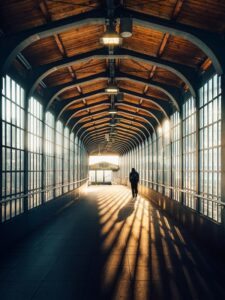
Cinematic city photography: An essential 6-step workflow
In this article, you’ll learn how to read and use light in your home city, choose the right technical settings for low-light scenes, and refine your editing workflow to shape color and atmosphere step by step. In addition, Dominik shares how to find fresh perspectives on familiar locations, five lessons that transformed his photography, and insights on the future of street photography.

Kyle van Bavel (@kylevanbavel): Photographer based in the Netherlands
Kyle van Bavel is a macro photographer with a distinctive, dreamy style that transforms the unseen details of nature into magical worlds. In this article, he shares how his unique vision, shaped by a journey of self-learning and overcoming dyslexia, has become his greatest creative strength.

Inês Preto (@minespreto): Best of the week 20 at #nomadict 2025
Inês is a nature photographer drawn to wild, remote places where weather, wildlife, and mood shape her storytelling. In this article, she shares the behind-the-scenes journey of capturing the Best of the Week image: a puffin trio on the Faroe Islands. She explains how she approached the edit of this image, and shares key lessons she’s learned through experience.

